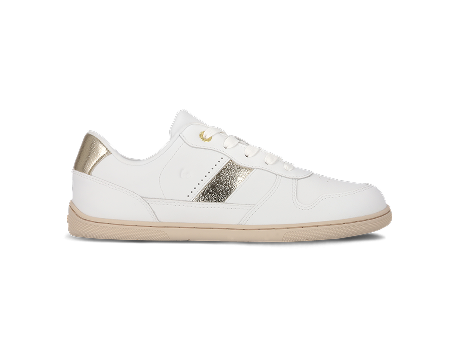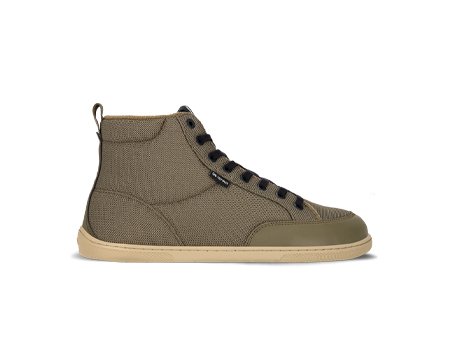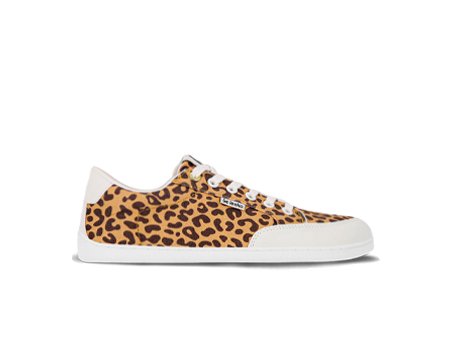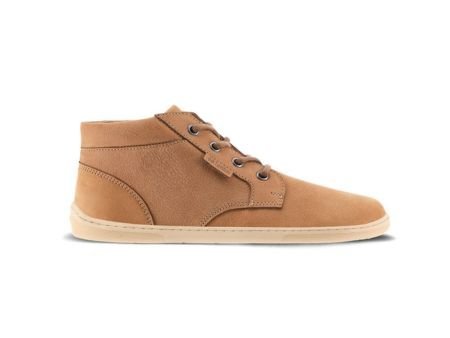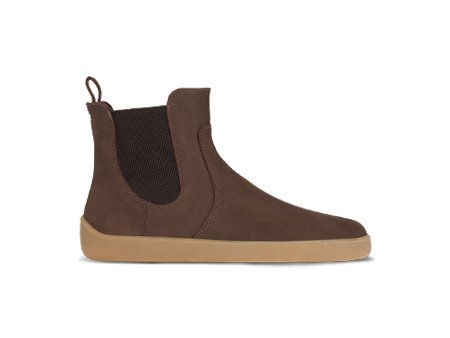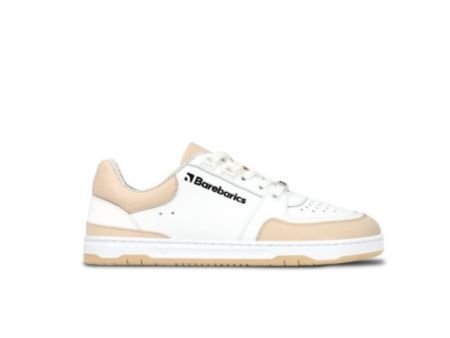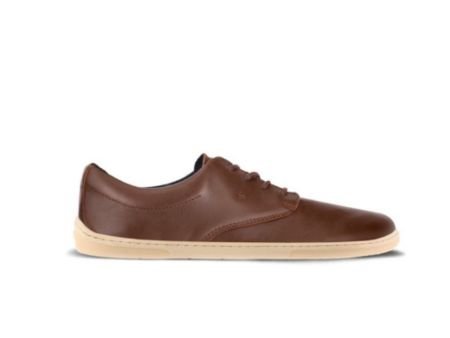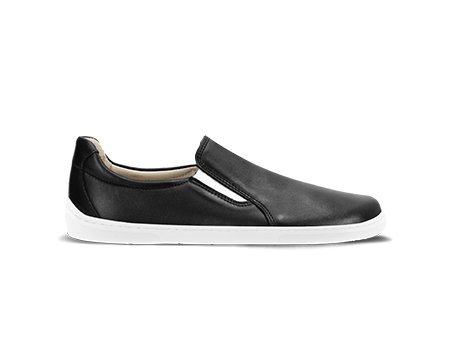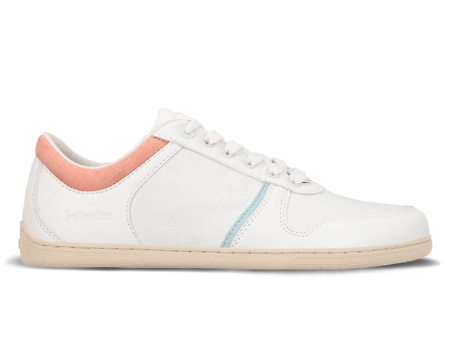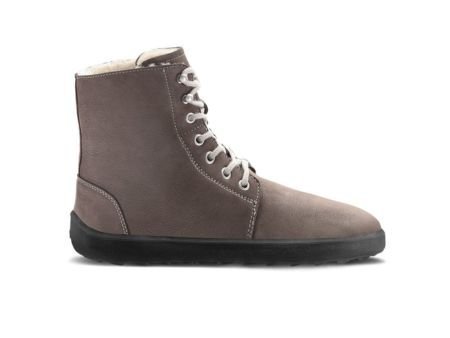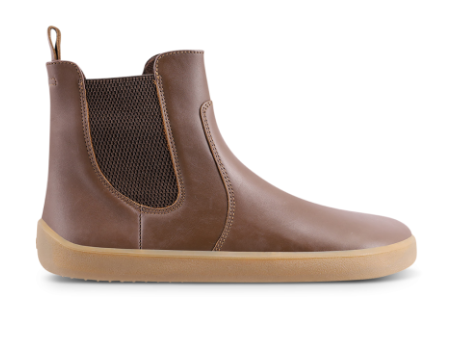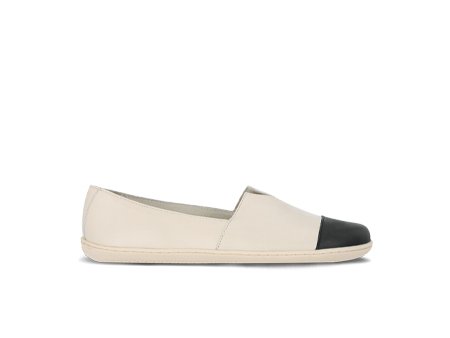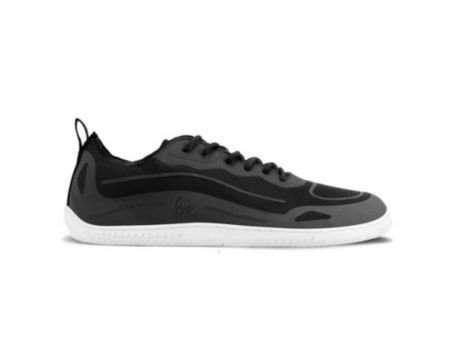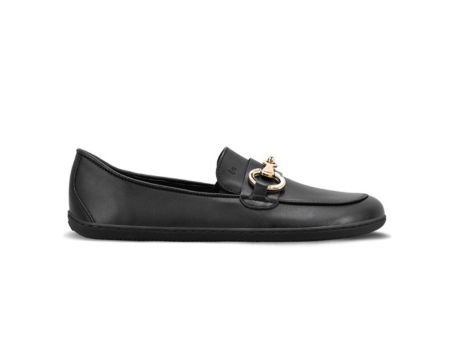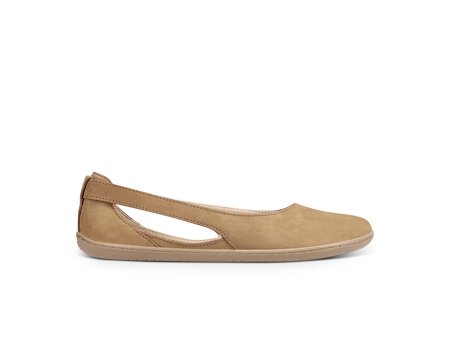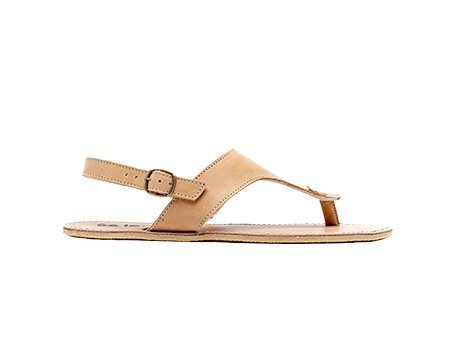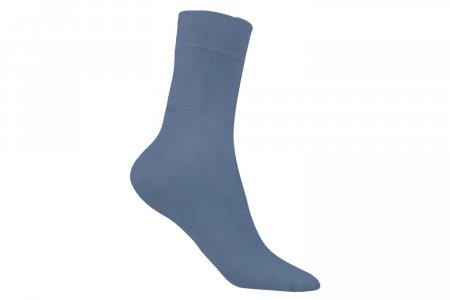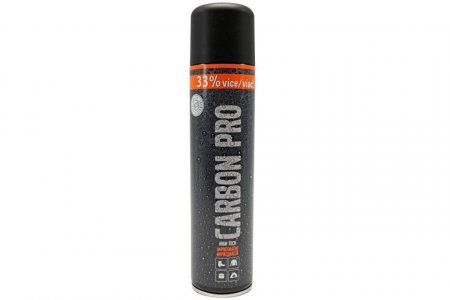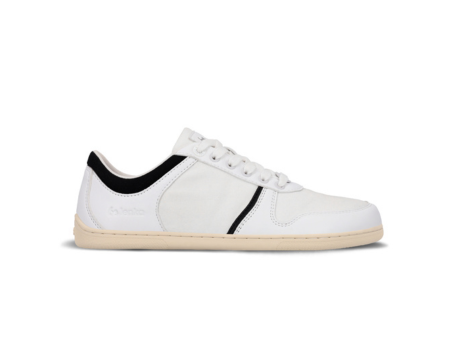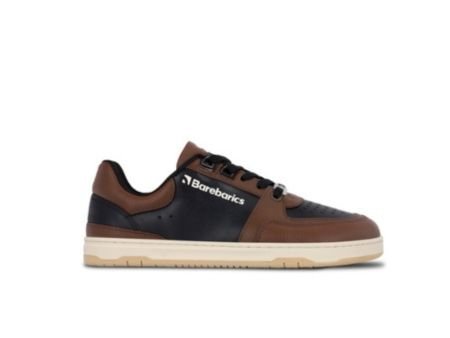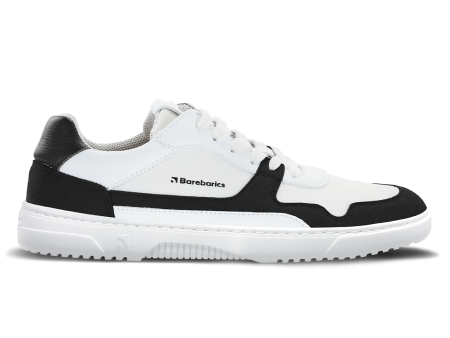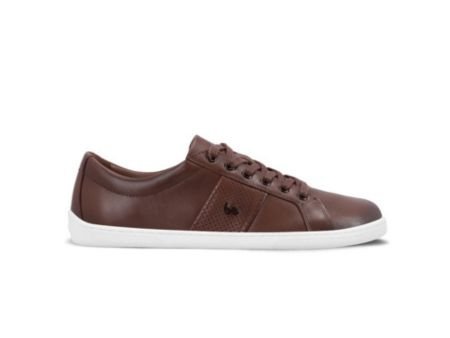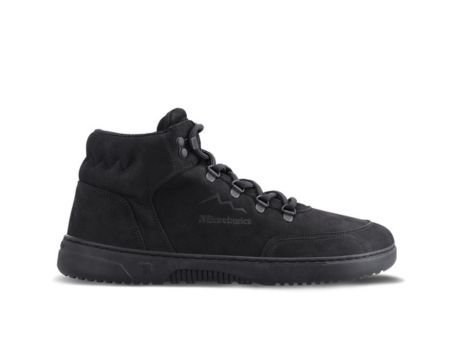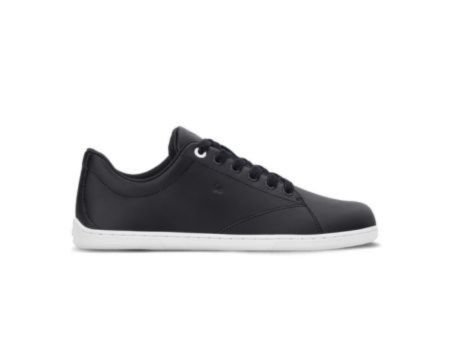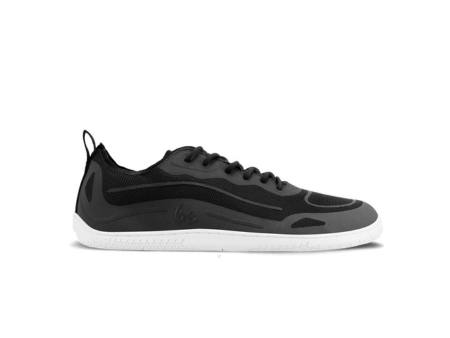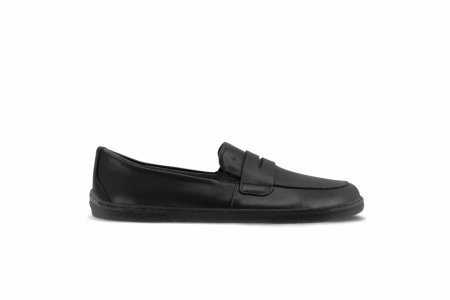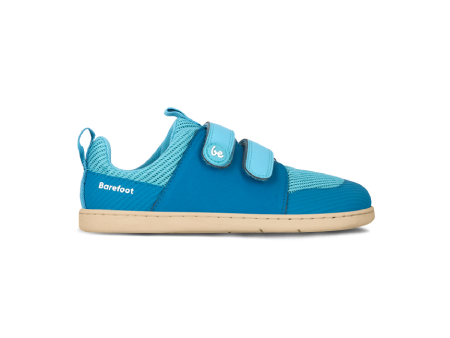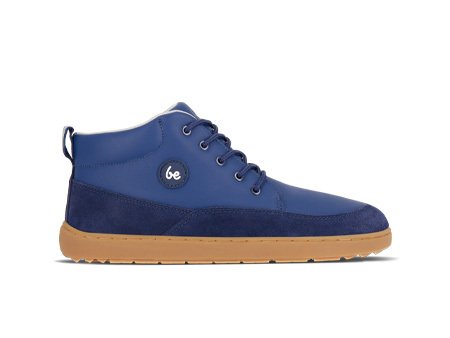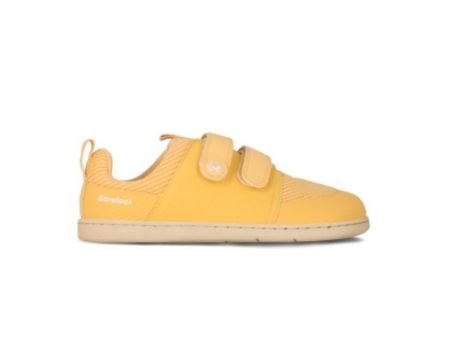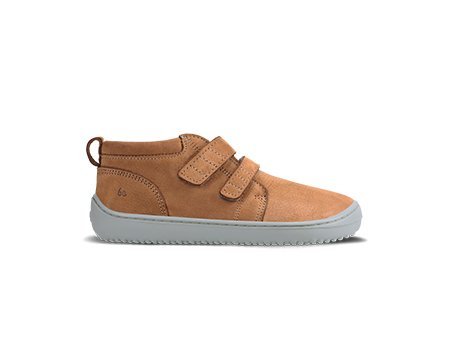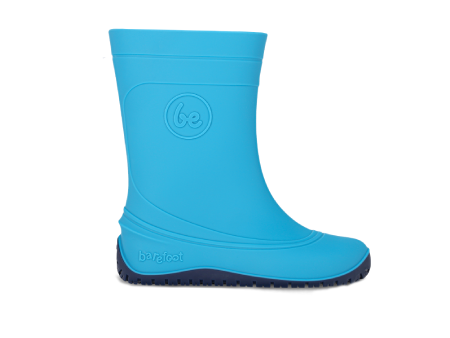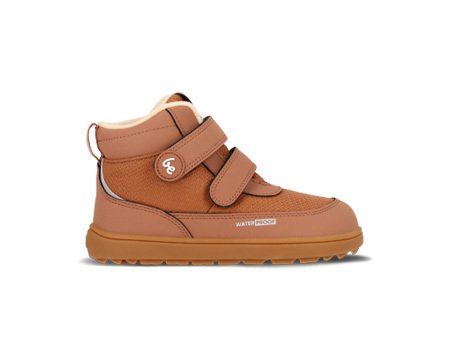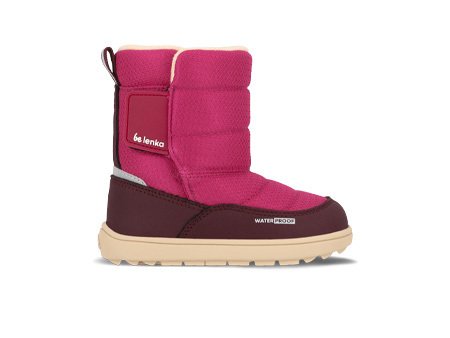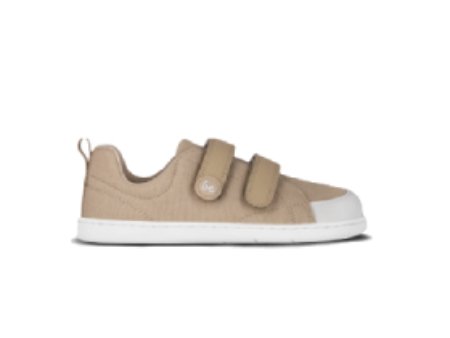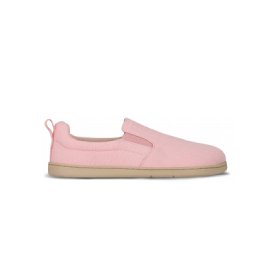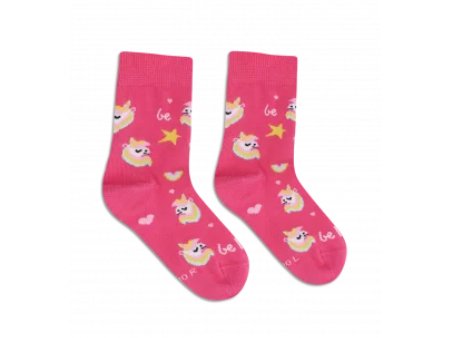
Frequently Asked Questions
Barefoot
Other topics
How thick are your soles?
+ -All our soles are developed with a focus on barefoot footwear standards. We use only top-quality materials that offer outstanding flexibility while maintaining high durability. You can find a full overview of our sole types on this Sole Overview page. There, you'll see details about their thickness, composition and which models they are used on.
Our thinnest sole, just 3 mm, is used on sandals. A slightly thicker sole is used on moccasins, ballerinas and selected Be Lenka sneakers. Autumn and winter styles feature a more textured tread for improved grip and stability.
If you prefer firmer soles, we recommend checking out the selection of sneakers in the Barebarics collection.
How to choose the right size of barefoot shoes?
+ -Determining the correct size of Be Lenka barefoot shoes for your feet is a two-step process:
- Measuring your feet
- Place a piece of paper on even ground (avoid plush carpeting or pebbly surfaces)
- Place your foot flat on the paper (you must be standing, not sitting, during measuring)
- Put your weight in on your the foot as it makes it the foot longer
- Take a pencil and mark the heel and the furthest point from the heel – the longest measurement
- Use a ruler and measure the difference between these two points
- Do the same for the second foot (difference might be +/- 0.5 cm)
- The number you get is your foot size (not your shoe size, as standard shoe sizing may be misleading)
Take your foot size (the number you got when measuring both of your feet) then add 5 to 12 mm (the ideal leeway). The total is the final number you are looking for. The leeway can be up to 18 mm, but the shoe must still fit perfectly around your ankle.
In winter models, the leeway can be even larger, especially if you plan to wear thicker socks. Conversely, in summer sandals it can be smaller because of the open toe box
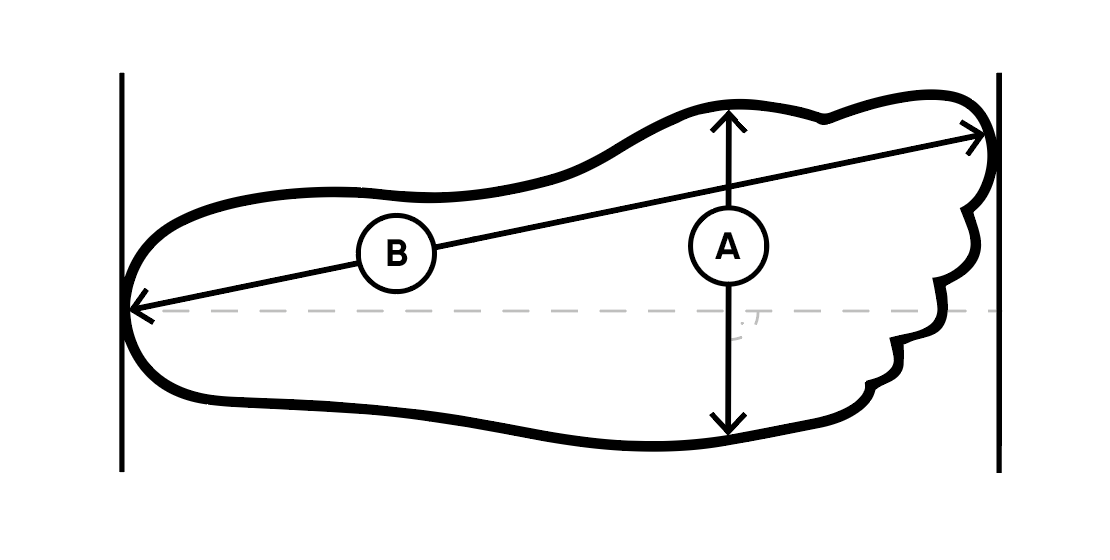
2. Comparing your feet measurements to the Be Lenka barefoot shoe size chart stated on each product page
When selecting the right size, we recommend not only checking the size chart, but also considering additional aspects of your foot physiology – such as shape, toe width, arch height, instep volume and more. These can significantly influence how a particular model will fit your foot.
The size chart shows the inner length and width of the particular shoe model. Should you still have any questions do not hesitate to contact us on info@belenka.com. We are eager to help you.
How do I know if the shoes fit properly?
+ -Choosing the right model and size is key, because each foot is unique and barefoot shoes feel different for everyone.
We design our shoes based on a variety of lasts (foot moulds), which means that not every model will necessarily fit you the same way, even if the size is identical.
Once you receive your order, you have 14 days to try the shoes and decide whether they suit you. Use this time to make sure the model and size are a good match for your feet.
Tips to check if your barefoot shoes fit properly
- There should be extra space (toe allowance) of about 0.5 to 1.2 cm in front of your toes, allowing your foot to move freely. Your toes should not be hitting the front of the shoe. For winter models, we recommend a slightly larger toe allowance to accommodate thicker socks.
- Make sure there’s space around the heel so your foot can move comfortably. If the heel doesn’t slip and the shoes stay on securely, the size is likely right. Some initial heel slippage may go away after breaking in the shoes. However, if it continues, you may need a different size or model.
- If the shoe feels tight over the instep, the model may not be suitable for the height of your arch. If the shoe has laces, try adjusting the width by loosening them.
- Your feet should not slide inside the shoe or feel restricted. The shoes should hug your feet gently, without being tight or overly loose.
We hope you find the perfect size that lets you enjoy the full comfort and freedom barefoot shoes are designed to offer.
Once you experience the ease and lightness of walking in barefoot shoes, you may never want to go back.
I have health issues. Are barefoot shoes right for me?
+ -While barefoot walking and barefoot shoes offer many benefits such as improved posture and a lighter gait, they may not be suitable for everyone. If you have health conditions like plantar fasciitis, fallen arches, flat feet, heel spurs or other orthopedic concerns, we recommend consulting a specialist. They can assess your situation and help you find the right solution for your feet.
How to transition from traditional shoes to barefoot?
+ -We cover this and many other topics in our blog, where we regularly share articles about our models as well as insights into the barefoot lifestyle. You can also read this helpful guide on how to switch to barefoot shoes with ease.
How should I clean my shoes?
+ -We recommend caring for your shoes following the Care Instructions. The correct treatment depends on the material and type of your shoes. Always follow the care guidelines for each specific model. You can find key products for cleaning and maintenance in the Shoe Care section.
Tips to help your shoes last longer
- Regularly remove the insoles and allow them to dry completely. If they are worn out, replace them with new insoles. Even short use may cause them to absorb sweat and moisture.
- Wearing shoes that haven’t dried fully can cause excessive wear and odor (especially affecting insoles and linings).
- Alternate your shoes often, especially in damp environments. Avoid wearing the same pair every day.
- Never wash barefoot shoes in the washing machine.
- Always untie the laces before putting on or taking off your shoes.
How to clean and care for your shoes
- Remove dirt and mud with a brush or soft cloth. Use a brush with appropriate bristles to avoid scratching the material.
- For dry cleaning of nubuck leather, use a rubber crepe brush or a gummy block for gentle stain removal.
- A cleaning rubber block can also safely remove marks from suede, nubuck and velour.
- After cleaning off visible dirt, apply care products specific to the material. Follow the manufacturer’s instructions.
- For example, the Combi Set is ideal for smooth and brushed leather, "semiš" and textile. For white soles, use Sneaker Cleaner.
- Allow your shoes to air dry naturally. Avoid placing them near heat sources like radiators or direct sunlight. You can use a shoe dryer if needed.
- Regularly apply protective spray to guard against water, salt and stains.
- For smooth leather or oiled nubuck, apply wax to soften the leather and restore water repellency.
- To remove unwanted odors, use antibacterial spray or deodorant designed for shoes.
- Refresh the surface of velour with a special brush to restore the texture.
- When not wearing your shoes, store them in a dry place. Use a shoe tree or fill them with paper to help maintain their shape.
Brushes for shoes and their use
Synthetic bristles (stiffer brush)
- Universal brush for cleaning all types of surfaces or for brushing rough leather
Synthetic + steel bristles
(caution: steel bristles are extremely hard)
- Use only on rough leather (nubuck, suede, split leather), for cleaning and brushing
- Do not use on smooth leather → may cause scratches and other damage
- Do not use on textiles → may snag or damage fibers (e.g. mesh, knit and others)
Horsehair bristles (softest)
- Used to polish smooth leather. For example, when you apply black cream to smooth leather, polish it with this brush after drying for a beautiful shine.
Can your shoes be washed?
+ -We all love keeping our shoes looking fresh for as long as possible. Fabric sneakers in particular can be tempting to toss in the washing machine. However, washing often causes more harm than good. Our footwear is made from a mix of materials, each of which may react differently to high temperatures.Washing may loosen the adhesives that hold components together. In addition, other items in the wash can rub against the shoes and cause damage.We strongly advise against machine washing our shoes.
Damage caused by improper washing is not covered under warranty and such complaints may be rejected.
There are many other effective ways to care for your shoes to help them last longer. More details on proper maintenance are available in the Care Guide and you can also find recommended cleaning products in the Shoe Care section.
What does the barefoot size chart mean?
+ -The size chart shows the inner length and width of the each shoe model (EU shoe size).
We recommend adding a leeway (the leeway measures the space between your longest toe and the shoe itself) of 0.5 - 1.2cm to get the ideal shoe size for you.
Should you have any questions, contact us at our e-mail info@belenka.com, we will be happy to help you.
 NO / EUR
NO / EUR

